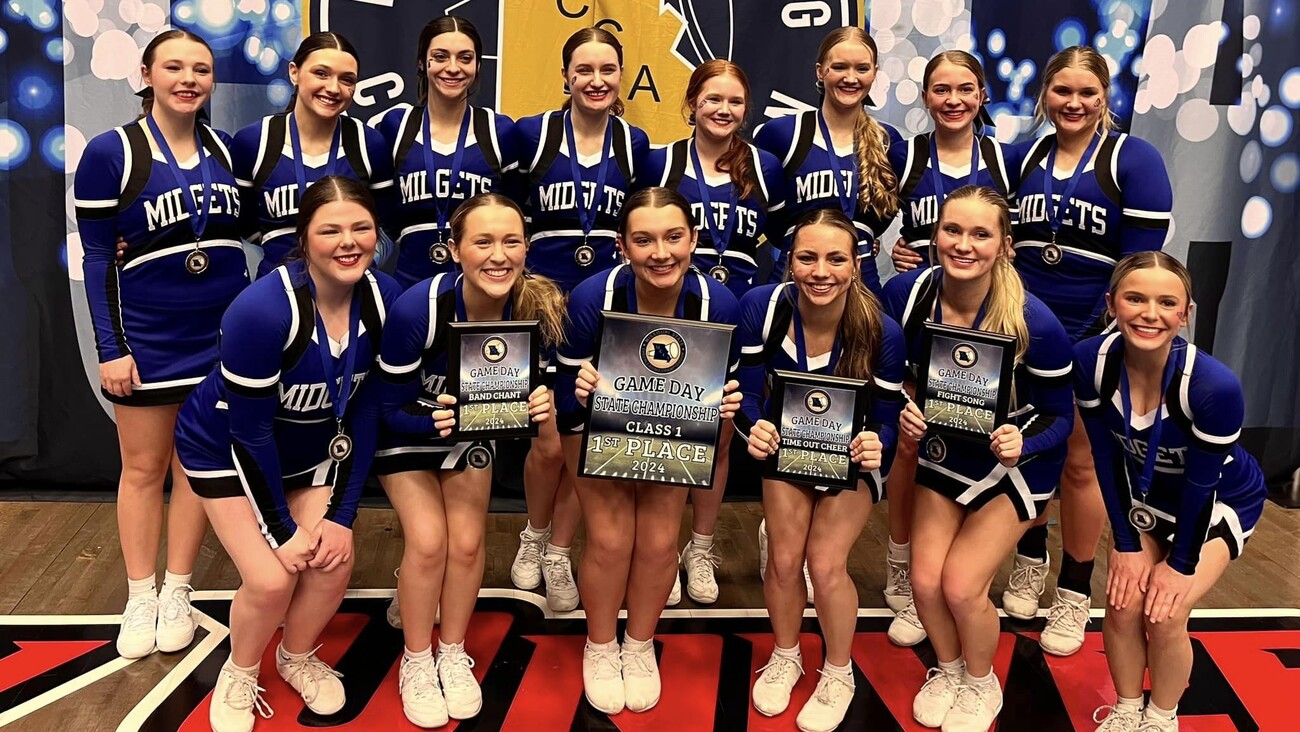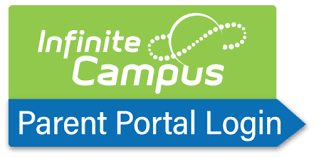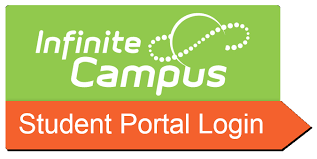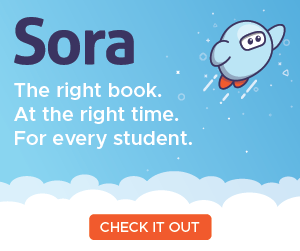Title I Local Educational Agency Plan
Title I LEA Plan
2015-16
1. Describe how the district will coordinate and integrate Title I services with other educational
services at the LEA or school level -- such as Even Start, Head Start, and other preschool
programs, including transition plans to elementary schools; services for LEP children, children
with disabilities, migrant children, neglected or delinquent youth, Native American children served
under Title VII.A, homeless children, and immigrant children. Specify how these services will
increase program effectiveness, eliminate duplication, and reduce fragmentation of the
instructional program.
The Putnam County School District and board of education's goal is to provide a quality education for
every student enrolled with the school district. For 2015-16, there is one school-wide elementary Title I
program and two other buildings, the middle school and high school. Development of Title I plans for the
district and local buildings is achieved through thorough review of all funding sources while ensuring the
Title I funds and resources are dispersed according to the federal guidelines. Putnam County recognizes
the necessity of involvement and support of parents and other stakeholders and agencies. We will also
coordinate our efforts with Head Start and our preschool program. In order to support the progress of all
students and sustain efforts to meet state and federal academic standards, many resources are utilized.
Title I funds, Title II.A, Title VI.B, Special Education Part B funds, grants and local funds will be used to
accomplish this goal. So that instructional services will not be duplicated, documentation of student
eligibility and meetings held for each funded program will be monitored and maintained.
2. Describe how migratory and former migratory children, who are eligible to receive services under
TitleI.A., are selected to receive such services on the same basis as other children receiving Title
I.A services.
The Putnam County School District has established board policy and procedures to identify migrant
students upon enrollment. The Migrant Coordinator meets with principals, counselors and enrollment
secretaries to make sure all students are identified and services are provided for migrant children. The
coordinator also meets with the local Division of Family Services and probation officer to let them know
the services we offer for migrant children. All migrant and former migratory students will receive such
services without bias immediately upon identification and enrollment. These students will also be
monitored by staff and possible intervention strategies can and will be discussed during our intervention
meetings.
3. a.) How will Title I services be delivered?
Schoolwide Program
b.) Briefly describe how the district will use Title I.A. funds to support student success. Include
expected interventions, instructional programs/practices and professional development.
The Putnam County School District has met several times with the school board, teachers, parents and
administrators to determine what activities are to be funded by Title I.A, Title II.A and Title VI.B. Revision
of the CSIP plan has been board approved and is driving our Title I.A plan. In general, local, state, and
federal funds are used to support the academic achievement of children at risk. Title I.A money is used to
supplement the school's existing programs. These funds are used for:
**Identifying students experiencing difficulties and providing timely assistance to help these student's
meet the challenging content standards.
**Purchasing supplemental staff/programs/materials/supplies
*Conducting parental involvement meetings/trainings/ activities
**Recruiting/hiring/retaining highly qualified teachers
After doing a needs survey district wide, we found several areas that our stakeholders wanted to address:
safety of children, structured opportunities for more individual help, having stringent core requirements,
and implementation and curriculum development of the Missouri Learning Standards. On the survey tool,
parents, staff and students all indicated that safety at school was a concern. In July, a safety check of our
district facilities and practices occurred. Our safety coordinator will advised the district on safety concerns
that are being addressed.
After looking at the needs survey tool and our MAP scores, communication arts is an area to target.
During the 2013-14 school year, the district started giving the Gates-MacGinitie reading tests to all
students grades 1-12. Gates-MacGinitie showed a large percentage of students not reading on grade
level. Because of these scores, a literacy plan was developed for the district. Summer school will be
required if a student is more than one grade level below in reading for the summer of 2015 and
thereafter. Monies may be used to hire teachers to provide intensive reading help during the summer
school session. An increase in the number of Title I.A highly qualified communication arts teachers hired
to support our reading program and to provide differentiated instructional practices occurred in the fall of
2015. We now have four Title I teachers instead of three. In addition, resources will be purchased to
supplement our curriculum. The focus of our resources purchased will be in the area of non-fiction text
and common core resources. The board of education and teachers feel that concentration on new
curriculum, common assessments, and technology incorporation towards the common core should also
be a focus area. Since these are two initiatives that the entire staff is involved in, we want to continue our
work in these areas. Grade level and vertical teaming will occur to analyze test data and to discuss
curriculum changes and to develop lessons designed to align to the new standards. In the elementary
school, schedules have been set up in such a way that grade level and subject areas teachers have
common planning time. Title I teachers also meet in these meetings. Technology may need to be
purchased to infuse technology-based lessons. We know that parent involvement is very important to the
success of our program. We will utilize Title II.A money for class size reduction in the elementary school
at one grade level. We feel that at the lower grade levels, small class sizes will help us achieve our
desired goals.
4. Identify how the LEA will provide instruction to students at risk of academic failure.
Push-in
Pull out
Other: Tiered interventions
5. Title I instructional services, materials and supplies, equipment and facilities are used for
educational assistance to individual students assessed as needing help in meeting Missouri's
Learning Standards.
This support includes:
Employee FTE (full or part-time) to provide supplemental services.
Number of teachers/ Role 4 Title Communication Arts Teachers. All will have an FTE of 1.0
We will also hire one teacher for classroom reduction at one grade level.
These total 5.0 FTE.
Homeless set-aside
Supplemental materials and supplies
Professional development activities. List activity, grade level participants and dates:
Professional development will be occurring throughout the year to address the challenges of
getting all students at grade level in reading. Several professional development opportunities will
take place that will either help with reading strategies or tracking the data of reading.
Other:Parent involvement activities.
6. List the evidence-based practices supported with Title I funds that will be implemented to
strengthen the school’s core academic program.
Professional Learning Communities: The Putnam County School district implemented the PLC beginning
in the 2009-2010 school year.
Tiered instructional support such as Response to Intervention: We use a three-tiered model to ensure the
development of adequate intervention strategies across grade levels. Common planning time occurs
weekly between regular, special education, and title teachers. After looking at a common assessment tool
or Aimsweb scores, students are divided and strategies are discussed to give each group the best
remedial or enrichment instruction. During the 2013-14 school year, our district started giving the Gates-
MacGinitie reading tests to all grade levels twice a year, once in the fall and again in the spring.
7. Indicate how the district will extend student learning time (if applicable): Intervention time
where all teachers meet and provide more targeted instruction.
8. The following high-quality student academic assessments, in addition to the Missouri
Assessment Program (MAP), will be used by the LEA and schools served to assist in diagnosis,
teaching, and learning in the classroom, enabling low-achieving children to meet Missouri's
Learning Standards and do well in the local curriculum; to determine the success of children
served and to provide information to teachers, parents and students on progress made; and to
determine what revisions are needed:
READING
MAP Communication Arts scores
Gates-MacGinitie
Dynamic Indicators of Basic Early Literacy Skills (DIBELS)
Star Reading
AIMSweb Reading
Wilson Reading
Fundations
Text-based assessments including pre-, post- assessments and benchmarks
Locally developed common formative assessments.
MATH
MAP Math scores
Text-based assessments including pre-, post- assessments and benchmarks
Locally developed common formative assessments
Locally developed essential skills tests
9. The LEA has identified effective parental involvement processes and is providing educational
activities, including:
The Putnam County School District recognizes that the home is the child's first institution of learning and
the family is the child's primary educator. All communication home will be provided in a language and
format the parent can understand. Several avenues will be utilized so that parents are informed about
theprogress of their child and the encouragement of family involvement in the total education process.
Some of the avenues we use to communicate with parents are: parent-teacher conferences, newsletters,
open houses, School Messenger (phone notification system), parent portal (online system for grades,
attendance, lunch balances, etc.), annual Title I meetings, parent-student compact, Watchdog program,
district emails, surveys, special days for parental visits to classrooms, and website. Some parents are
called personally to attend some of the Title I meetings because we have found personal invitations work
better than a group letter or email. Parents are notified of their child's participation and eligibility in Title I
Reading by a letter sent home by the Title I teachers.









.png)


